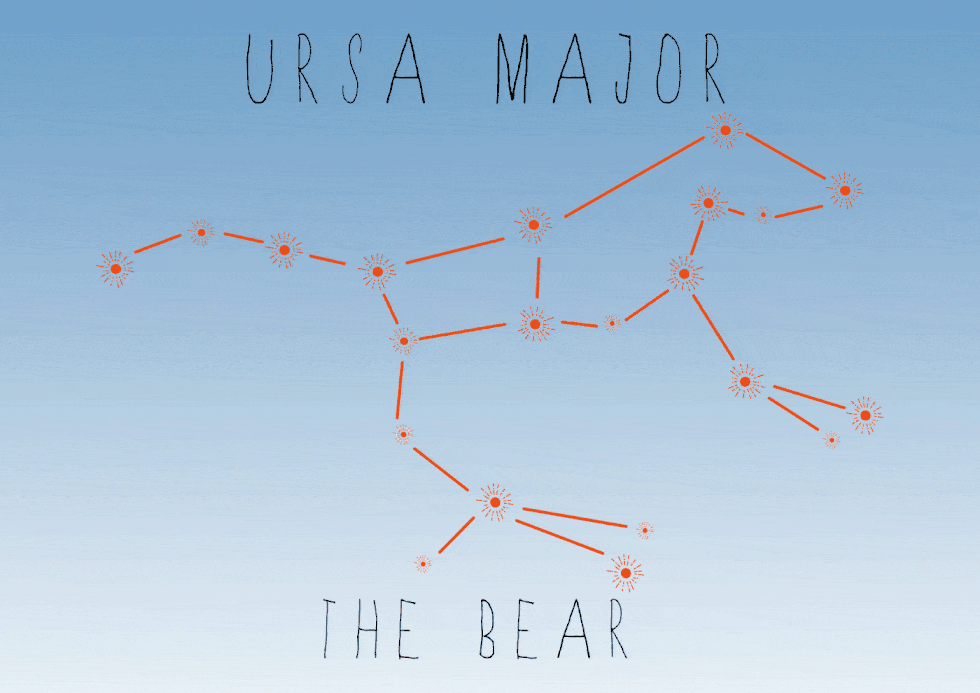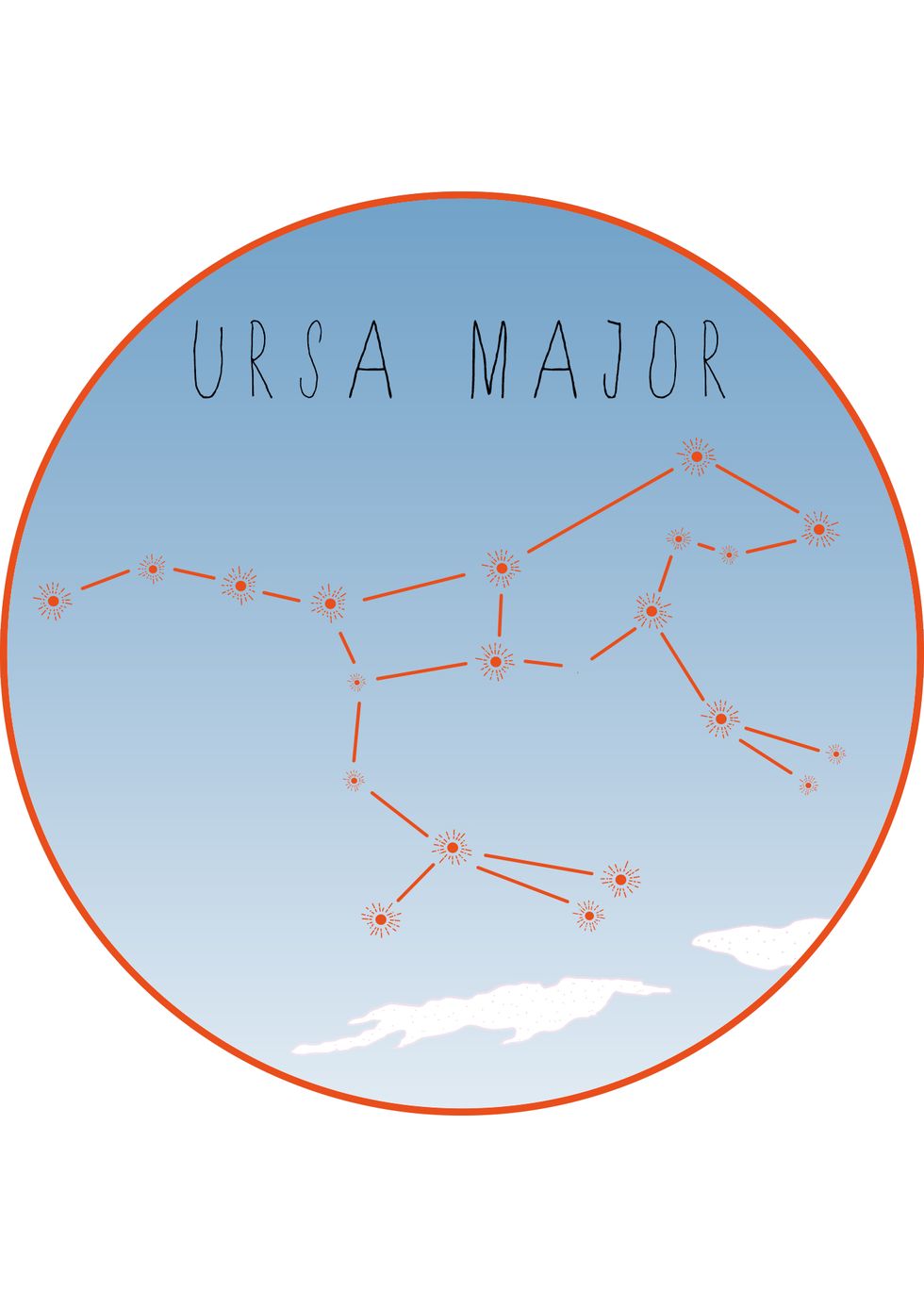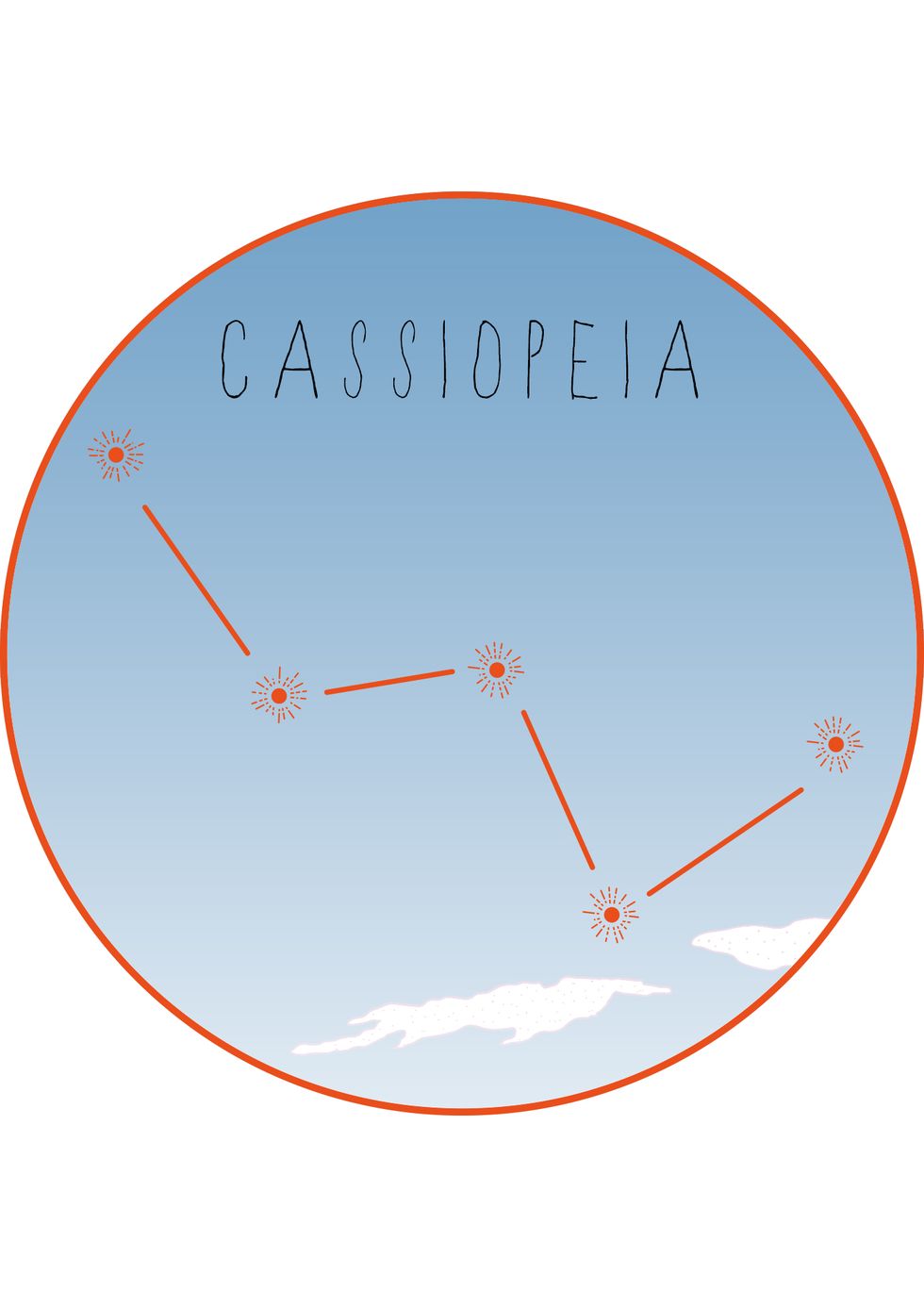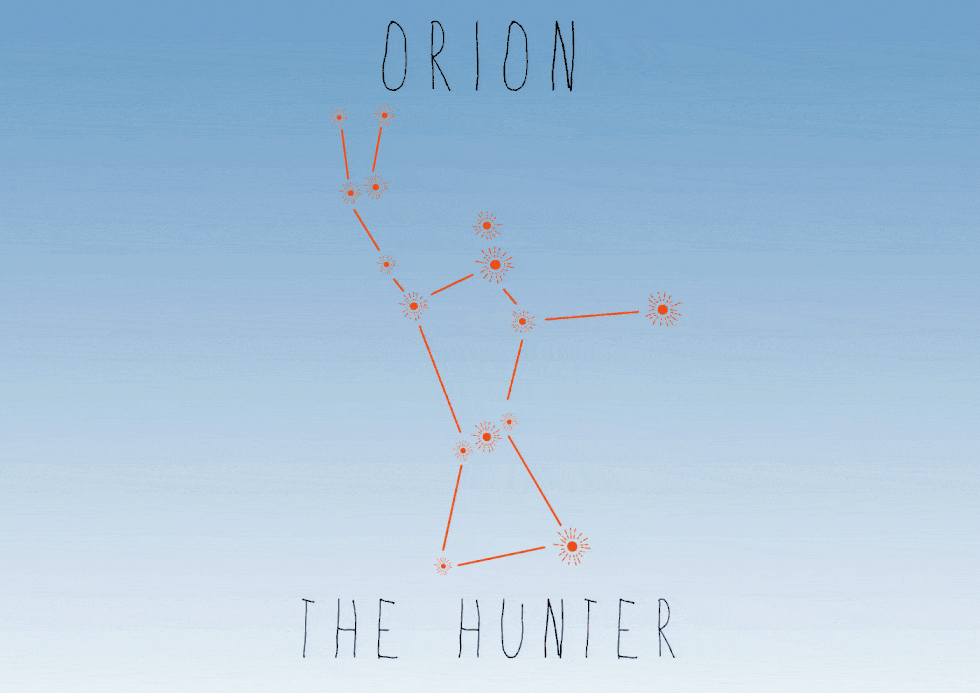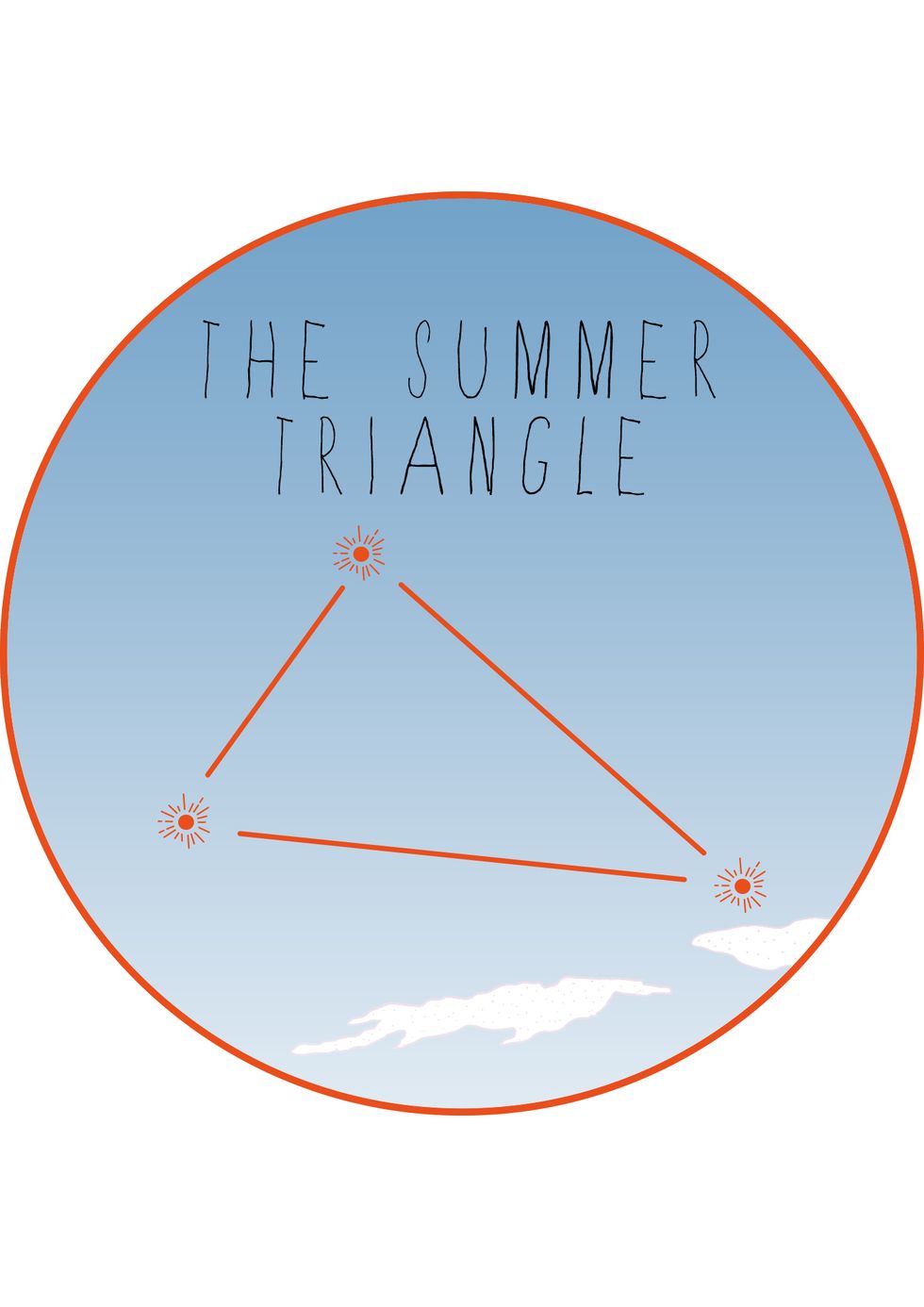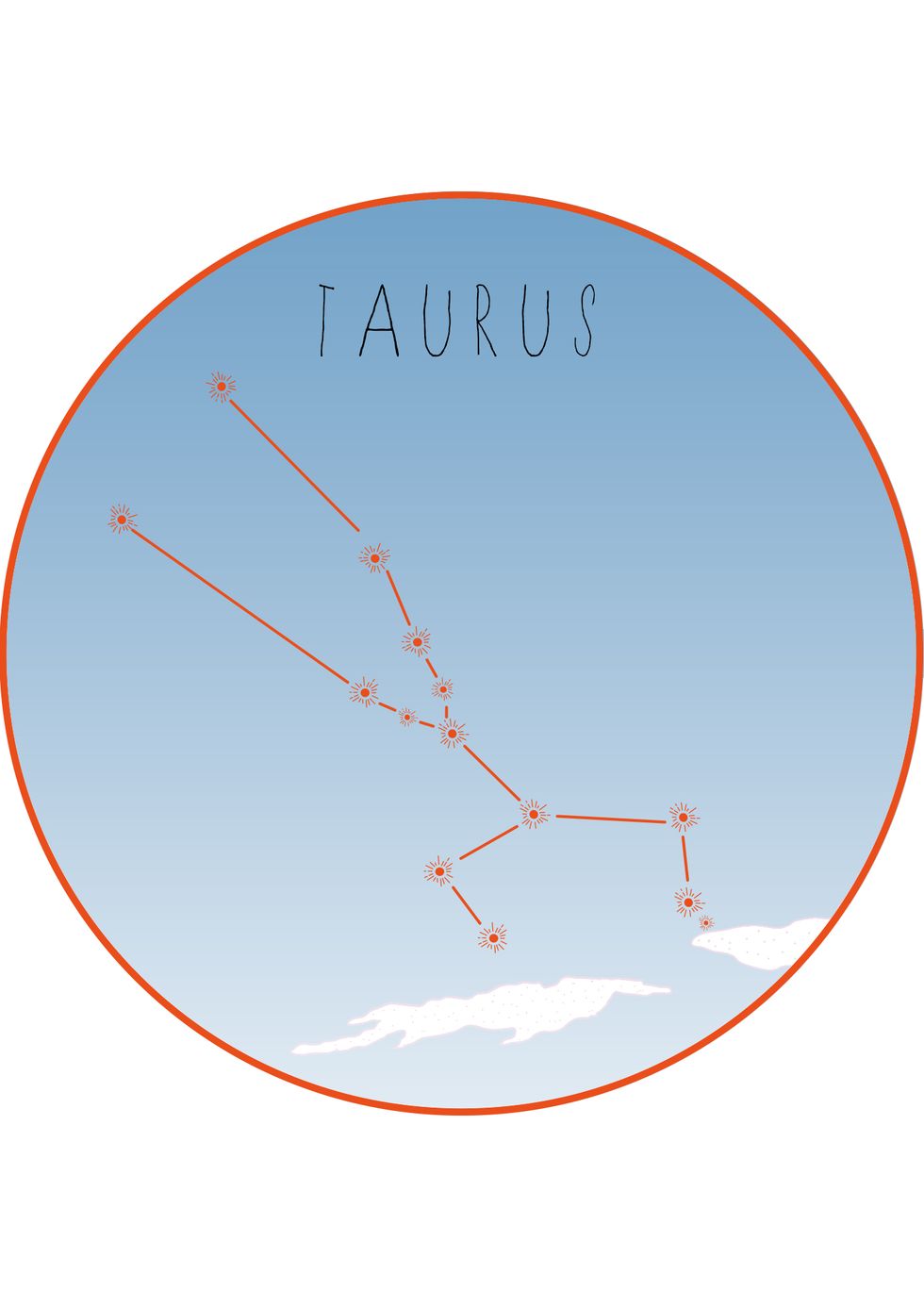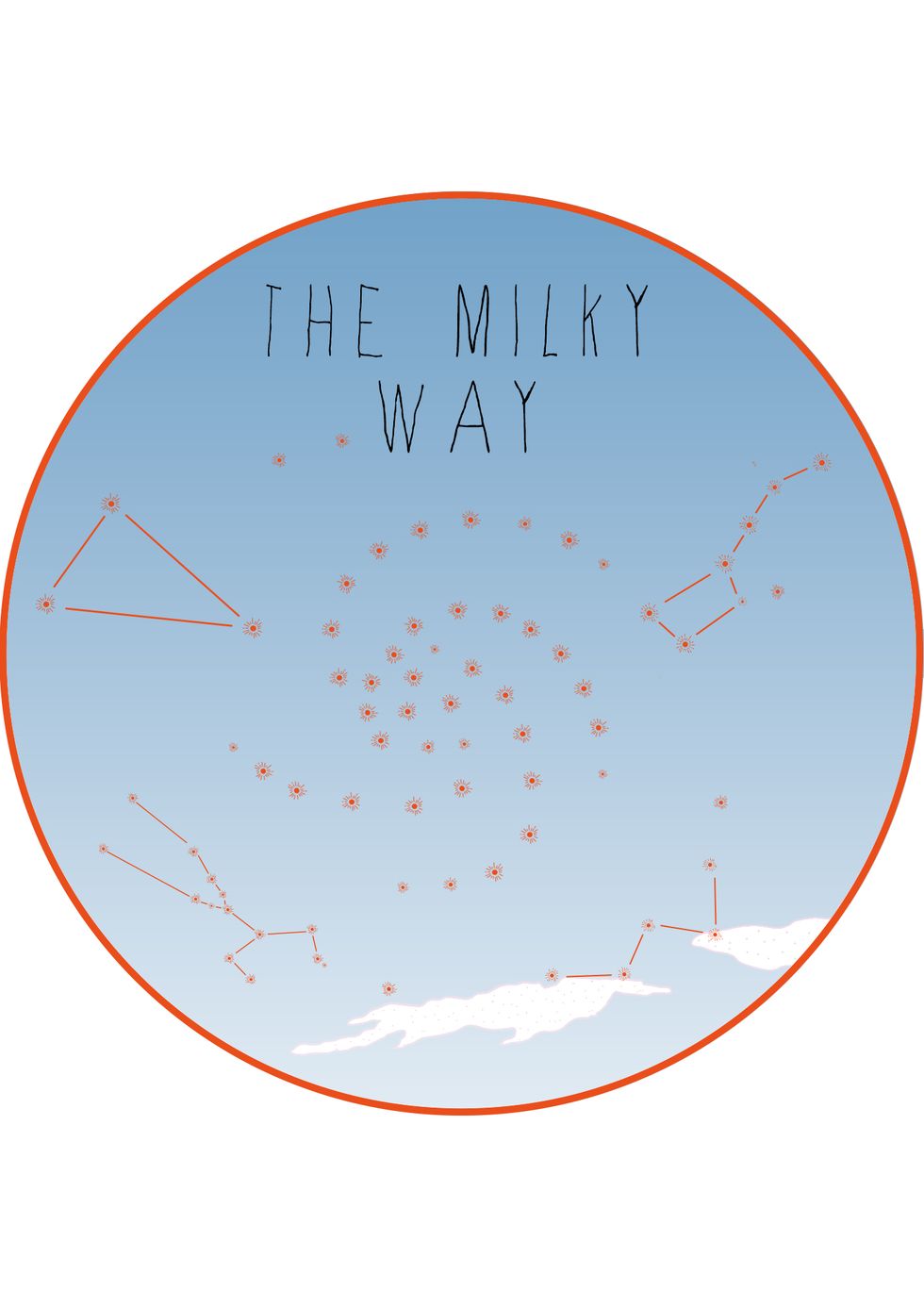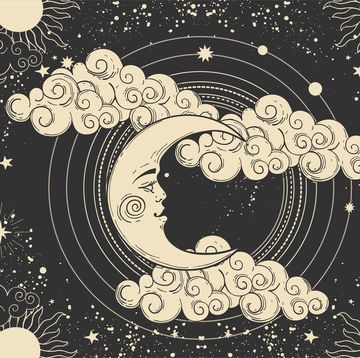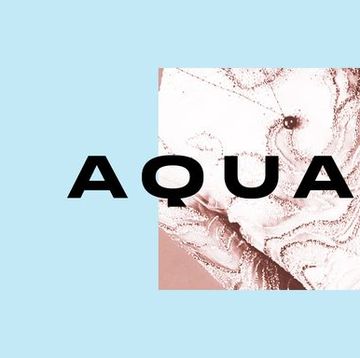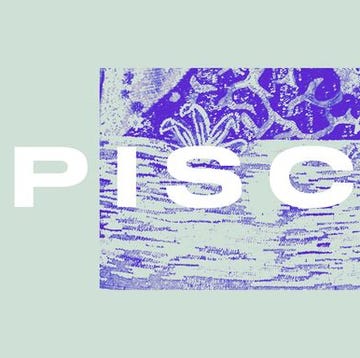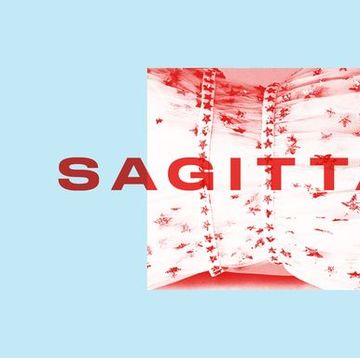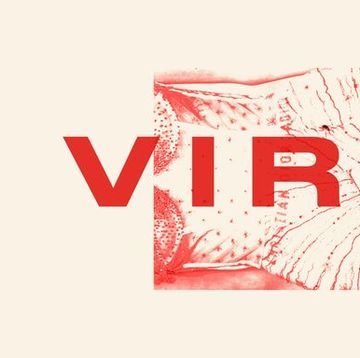Whether you're lying down on your back by the pool of a Tuscan villa, drinking with a group of friends at candlelight on the beach in Cornwall, or tucking into marshmallows around an outdoor fire pit in the garden, summer nights are undoubtedly the perfect time to enjoy the art of stargazing.
However, while we might all be able to point out Orion's belt or make out the faint outline of Andromeda in the moonlit sky, the majority of us can't identify much else in the star-freckled expanse of sky.
Education outreach and diversity officer, Dr Sheila Kanani, from the Royal Astronomical Society says: 'Constellation hopping about the night sky is a fun and simple thing to do, with no need for anything except your eyes and a clear sky.'
We sat down Dr Kanani to find out the basics of stargazing, how to identify constellations, and understand their formations in order to blow our friends' minds with our intelligence of constellations in 2024.
Ursa Major
The Plough - which you might already be familiar with - is an asterism, in the constellation Ursa Major.
Ursa Major is next to Ursa Minor in the sky. They're important to us because the asterism the Plough points directly to is Polaris, the north star, which can be used if you're ever lost on a clear night in the northern hemisphere and you need to find your way home. If you are lost and need a way of finding north, use the Plough.
If you are a beginner to the night sky, the Plough is often a good place to start as it is easily recognisable as it looks like a saucepan with a handle. It should sit quite high up in the northern hemisphere sky near the North Pole and it is visible all year round.
Cassiopeia
If you continue your imaginary line from the Plough, through Polaris, you will find a distinctive 'W' shape in the sky. This is the constellation Cassiopeia.
Cassiopeia was a queen from Greek mythology whose legendary vanity and arrogance ultimately led to her downfall. Cassiopeia was the wife of King Cepheus of Aethiopia and mother to the beautiful Princess Andromeda.
One day, Cassiopeia proclaimed to the Nereids, female spirits of the sea famed for their beauty, that both she and her daughter were more beautiful and radiant than any of them.
To cut a long story short, the Nereids weren't impressed by Cassiopeia's vanity and Poseidon sent a sea monster to destroy her husband. An oracle then told King Cepheus the only way to appease Poseidon was to sacrifice their daughter (which they did by canning her to a rock to be eaten by the sea monster), but Poseidon ended up punishing Cassiopeia anyway by sending her into the heavens, spinning around on her throne for eternity.
As a result, each night Cassiopeia circles the celestial pole, sometimes upright, sometimes hanging upside down, in apparent danger of falling out. The mythologists interpreted the indignity of this celestial funfair ride as part of her punishment from the gods, who made her a figure of fun.
If you look at Cassiopeia as a 'W', the right most line of the letter points up to the constellation Cephus, Cassiopeia's husband and king of Aethiopia. The constellation Cephus looks like a stick drawing of a house, with four sides making a square then a triangular roof. The tip of the roof always points northwards. Cassiopeia is visible all year round from the UK.
Orion
One of the most recognisable constellations is Orion, the great hunter, which is a winter constellation, best seen January to March in the UK. And, for once, the constellation shape actually looks like its namesake; a mighty hunter with a shield, a raised arm, and a sword hanging from his belt.
Orion rises in the east and sets in the west and is the only constellation to possess a line of three bright stars.
The easiest way to find Orion is to look in the southwest sky if you are in the northern hemisphere. You are looking for three bright stars close together in an almost-straight line. These three stars represent Orion's belt. The two bright stars to the north are his shoulders and the two to the south are his feet.
The left and right shoulders are called Betelgeuse and Bellatrix. Betelgeuse is an old star, much bigger than the Sun. When it dies it will surely exploder in a supernova, and when that happens we will be able to see it in the daytime because it will be so bright.
The left and right feet are called Saiph and Rigel. Rigel is blue supergiant that is the sixth brightest star in the night sky. The three stars in the belt are called, from left to right, Alnitak, Alnilam and Mintaka.
Hanging off Orion's belt are three fainter stars, known as the 'Sword of Orion'. If you look carefully at the middle star in the sword you will see it is slightly fuzzy. That's because this star is not actually a star at all. In fact it's a nebula, a misty patch of gas where new stars are forming.
The Summer Triangle
In the summer in the northern hemisphere, there are loads of different constellations to look out for because many are seasonal.
One of the most notable asterisms is the Summer Triangle which is made up of three stars from three different constellations – Altair from Aquila, Deneb from Cygnus and Vega from Lyra. Although it is an asterism, like the Plough it is huge and can stretch across the sky.
The Summer Triangle is best viewed in the summer months particularly in June, July, and August. If you face east at midnight, the Summer Triangle is almost directly overhead. The brightest star is almost certainly Vega. Next brightest is Altair, down towards to southern horizon, and the third brightest is Deneb, to the lower left of Vega.
The constellation Lyra is a harp, Aquila is an eagle and Cygnus is a swan which contains an asterism known as the Northern Cross because it makes a cross shape in the sky.
Taurus
If you follow a line from Orion's right shoulder (Bellatrix) through the top of his bow this will take you to Aldebaran, a red giant in the constellation of Taurus, which is winter constellation visible in winter and spring in the U.K.
Keep following this line and you will find the Pleiades, a beautiful star cluster also in Taurus.
Milky Way
Sagittarius is an important constellation because it points to the centre of our galaxy, the Milky Way.
If you're stargazing on a really clear summer's night you might be lucky enough to spot the Summer Triangle, Sagittarius and the hazy swath of stars passing between Vega and Altair - these stars are the central band of the Milky Way.
The Milky Way is visible all year but is best seen from March to October in the UK, especially when there's no moon (a new moon).
The star Deneb bobs in the middle of this river of stars that passes through the Summer Triangle, and arcs across the sky. The starlit trail of the Milky Way seems to bulge just before it reaches the southern horizon.
If you are lucky you can see this bulge in the night sky, and it marks the approximate location of the centre of the Milky Way, which is located within the boundaries of the constellation Sagittarius.
So, there you have it. Now go grab a blanket, sit in the garden with a glass of hot chocolate, and start rambling on to your friends about the story of why ol' Cassiopeia is stuck up there.



